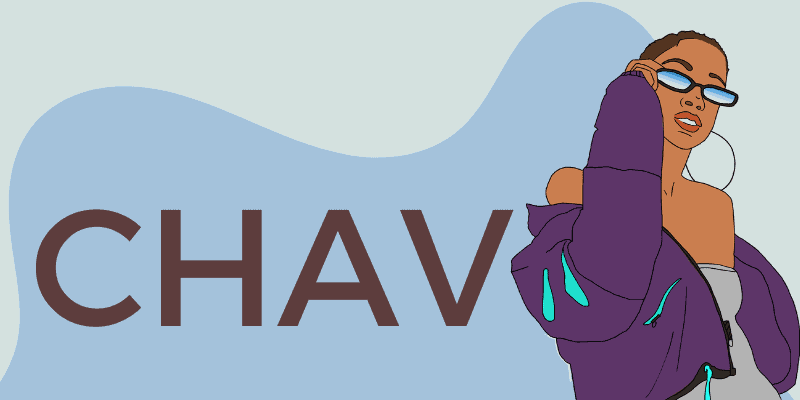Chav

In the vast mosaic of British culture, few subcultures have been as polarizing and misunderstood as the phenomenon of “chavs.” For some, the term conjures images of tracksuit-clad youths loitering on street corners, characterized by their slang, flashy jewelry, and penchant for mischief. Yet, like any cultural subset, the reality of chav culture is far more nuanced and multifaceted than the stereotypes suggest.
Originating in the early 2000s, the term “chav” initially served as a pejorative label for working-class youth, often associated with a particular style of dress and behavior. However, its usage has evolved over time, encompassing a broader range of social and cultural markers. At its core, being a chav is about embracing a distinct identity—a blend of fashion, language, and attitude that reflects the experiences and aspirations of a marginalized demographic.
One of the most notable aspects of chav culture is its fashion sense, characterized by sportswear brands like Adidas, Nike, and tracksuits in vibrant colors. This style, though often dismissed as tacky or garish, carries significant cultural significance for those who embrace it. It’s a symbol of belonging, a way to assert identity in a society that often marginalizes the working class.
Moreover, chav culture has its own unique dialect, a rich tapestry of slang and vernacular that serves as a linguistic badge of honor for its adherents. Words like “blud,” “bruv,” and “bare” pepper conversations, creating a sense of camaraderie and exclusivity among those who speak the language. Far from being a sign of ignorance, this linguistic innovation reflects the creativity and resilience of a community navigating a complex social landscape.
Beyond fashion and language, chav culture encompasses a range of attitudes and values shaped by the experiences of its members. Contrary to popular belief, not all chavs are antisocial troublemakers; many are simply young people trying to find their place in a world that often seems stacked against them. Solidarity, resilience, and a fierce sense of loyalty are just some of the qualities that define this subculture—a testament to the strength of community in the face of adversity.
However, it’s essential to recognize that chav culture is not monolithic. Just as there is diversity within any cultural group, there is a spectrum of identities and experiences within the chav community. Some may fully embrace the label, wearing it as a badge of pride, while others may reject it entirely, preferring to define themselves on their own terms.
Furthermore, the portrayal of chavs in popular media has often been reductive and sensationalized, perpetuating harmful stereotypes and stigmatizing an already marginalized group. By taking the time to understand the complexities of chav culture, we can challenge these stereotypes and foster greater empathy and inclusivity in our society.
Conclusion
Chav culture is a vibrant and multifaceted phenomenon that defies easy categorization. Far from being a homogeneous group defined solely by stereotypes, chavs are individuals with their own unique identities, experiences, and aspirations. By engaging with the richness and diversity of chav culture, we can move beyond prejudice and towards a more inclusive understanding of British society.
